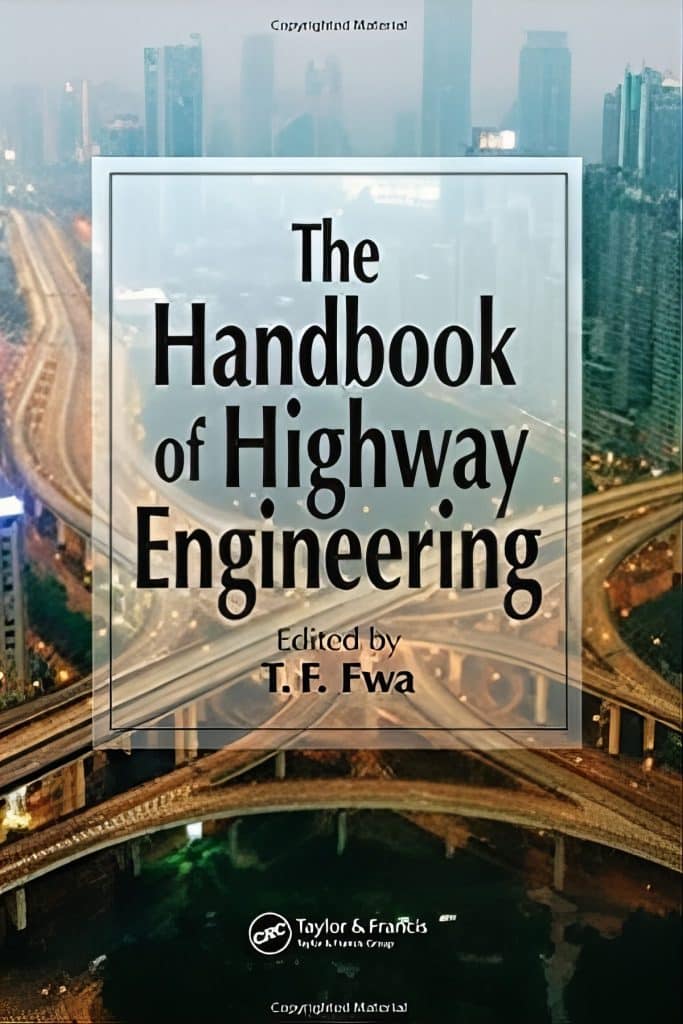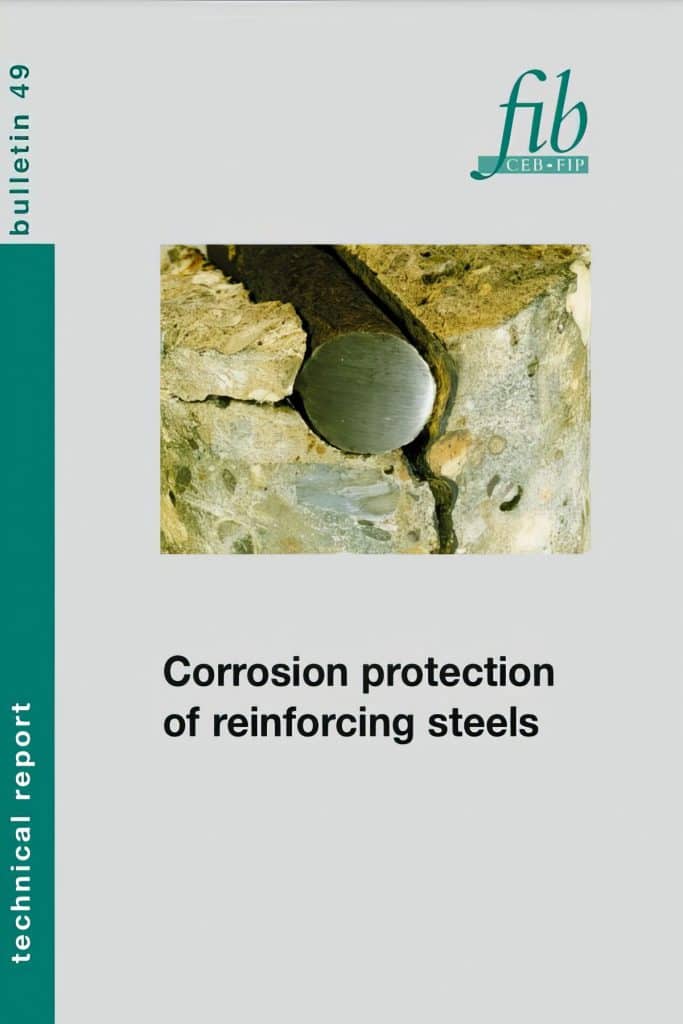When discussing the science of building materials, the term rheology often emerges as a key factor in defining how substances behave under stress and strain. For concrete, which is both a fluid during placement and a solid after hardening, understanding the rheology of concrete pdf for free resources can help engineers, researchers, and students grasp how flow properties affect performance. In the context of civil engineering, rheology explains how cement paste, mortar, and fresh concrete move, spread, and settle, which directly impacts the quality and durability of structures.
Rheology provides the foundation for designing mixtures that are not only workable but also resistant to segregation and bleeding. Access to PDF resources on rheology allows learners and practitioners to explore mathematical models, experimental results, and field applications without barriers. This knowledge empowers construction professionals to optimize mix designs for specific applications, from high-strength concrete columns to self-compacting concrete in complex formworks.

Before reading further, watch this video to understand how different stirrups help resist shear forces in concrete members.
Defining Rheology and Its Relevance to Concrete
Rheology is the science of flow and deformation of matter, particularly non-Newtonian fluids like fresh concrete. Unlike water, which flows predictably under stress, fresh concrete exhibits both solid-like and liquid-like behaviors. Its properties are often measured using Bingham plastic models, which describe concrete’s yield stress and plastic viscosity.
Yield stress represents the minimum force needed to initiate movement in a concrete mixture, while plastic viscosity refers to the resistance once flow begins. These factors determine whether concrete will fill formwork smoothly or remain stagnant. Understanding these concepts through free PDFs on rheology can enhance decision-making during mix proportioning, placement, and compaction.
The Role of Rheology in Fresh Concrete
The behavior of fresh concrete is influenced by numerous variables such as water-cement ratio, aggregate shape, admixtures, and temperature. Rheology helps predict how these variables affect the overall workability. For instance, superplasticizers reduce yield stress and improve flow, allowing for more workable concrete without increasing water content. This improves strength and durability after hardening.
In contrast, poorly controlled rheology can lead to segregation, where aggregates separate from the cement paste, or bleeding, where excess water rises to the surface. By consulting technical PDFs on concrete rheology, engineers can explore experimental case studies that highlight these problems and their solutions.
Read More : Strengthening Of Concrete Structures With Adhesively Bonded Reinforcement Pdf For Free
Measurement Techniques in Concrete Rheology
The science of rheology employs specialized tools to evaluate flow properties. The most common instrument is the concrete rheometer, which measures torque and rotational speed to estimate yield stress and viscosity. Other methods include slump tests, L-box tests, and V-funnel tests, which, while less precise, are practical in construction sites.
PDF references on rheology often include mathematical modeling approaches, detailing equations derived from Bingham and Herschel–Bulkley models. These models provide insights into predicting concrete flow under real conditions, which is crucial for projects involving self-consolidating concrete (SCC) or high-performance concrete (HPC).

Application of Rheology in Mix Design
Modern concrete design does not solely focus on strength but also on performance during placement. For example, self-compacting concrete relies heavily on rheology to ensure it can flow into dense reinforcement without vibration. The precise control of yield stress and plastic viscosity makes this possible.
PDF guides and academic references often provide detailed case studies showing how rheology-based design improves efficiency in large infrastructure projects. For example, bridges and tunnels benefit from optimized mixes that minimize voids and maximize durability. Thus, understanding the rheology of concrete pdf for free access supports practical solutions for real-world engineering challenges.
Standards and Codes Related to Rheology
Several international standards address the testing and application of rheology in construction. These include ASTM C1749, which outlines procedures for using rheometers, and EN 12350, which covers flow tests for fresh concrete. By following these codes, engineers ensure quality control and compliance with safety regulations.
Technical PDFs often serve as study materials for preparing standardized procedures and implementing them on-site. Incorporating rheological principles into these guidelines ensures that concrete meets both design expectations and regulatory requirements.
Influence of Admixtures on Rheology
The introduction of chemical admixtures has revolutionized concrete rheology. Water-reducing agents, superplasticizers, and viscosity-modifying agents (VMAs) can significantly alter the flow behavior of mixtures. For instance, VMAs help stabilize mixes with low yield stress, preventing segregation in self-compacting concrete.
Free PDFs on rheology highlight experimental results where different admixtures produce contrasting effects on viscosity and flow. These insights are essential for practitioners aiming to design durable, high-performance structures while minimizing costs.
Learn more about : Reinforced Concrete Design To Eurocode 2 7th Edition pdf for free
Rheology in High-Performance Concrete
High-performance concrete (HPC) requires meticulous control of rheological properties to achieve strength, durability, and sustainability. HPC often contains supplementary materials like fly ash, silica fume, or slag, which change the paste’s rheology. By consulting rheology-based PDF references, engineers can determine the right proportions for optimal workability.
Rheology plays a crucial role in large-scale applications such as skyscrapers, where pumping concrete over long distances demands consistent flow. Engineers rely on rheological principles to ensure that the material does not segregate or clog during transportation.

Rheology and Sustainability in Concrete
Sustainability is an increasingly important goal in construction. Using industrial by-products such as fly ash and slag not only reduces environmental impact but also affects the rheology of concrete. Understanding these effects ensures that sustainable mixes remain workable and strong.
Free PDFs on rheology often provide data comparing traditional and sustainable concrete mixes. These case studies help engineers adopt eco-friendly materials while maintaining performance standards in construction.
Challenges in Applying Rheology on Site
Despite its importance, applying rheology in field conditions presents challenges. Laboratory testing with rheometers provides accurate data, but site conditions often require quicker, simpler methods like the slump test. Bridging this gap between theory and practice is one of the main discussions in available PDF resources.
Other challenges include variations in raw materials, climate conditions, and operator skill levels. Understanding these issues through free PDFs on rheology helps practitioners adapt techniques for reliable results in diverse environments.
Digital Resources and Free PDF Accessibility
The demand for understanding the rheology of concrete pdf for free has increased as students and professionals seek open-access learning materials. Universities, research institutions, and professional organizations often publish technical papers, case studies, and guidelines that are freely available.
These digital resources eliminate barriers to knowledge and support continuous learning in the field of civil engineering. By providing detailed explanations, experimental results, and visual data, free PDFs make advanced topics like rheology accessible to a global audience.
Explore engineering concepts in : Crack Analysis In Structural Concrete Theory And Applications Pdf For Free
The Future of Rheology in Construction
With advancements in nanotechnology, 3D printing of concrete, and smart materials, rheology will play an even more central role in shaping the future of construction. Printable concrete, for example, requires precise rheological control to ensure proper extrusion without collapse.
Free PDF resources continue to expand in this area, offering engineers cutting-edge knowledge on integrating rheology with digital design and automation. This ensures that tomorrow’s structures will be not only stronger but also more sustainable and efficient.







